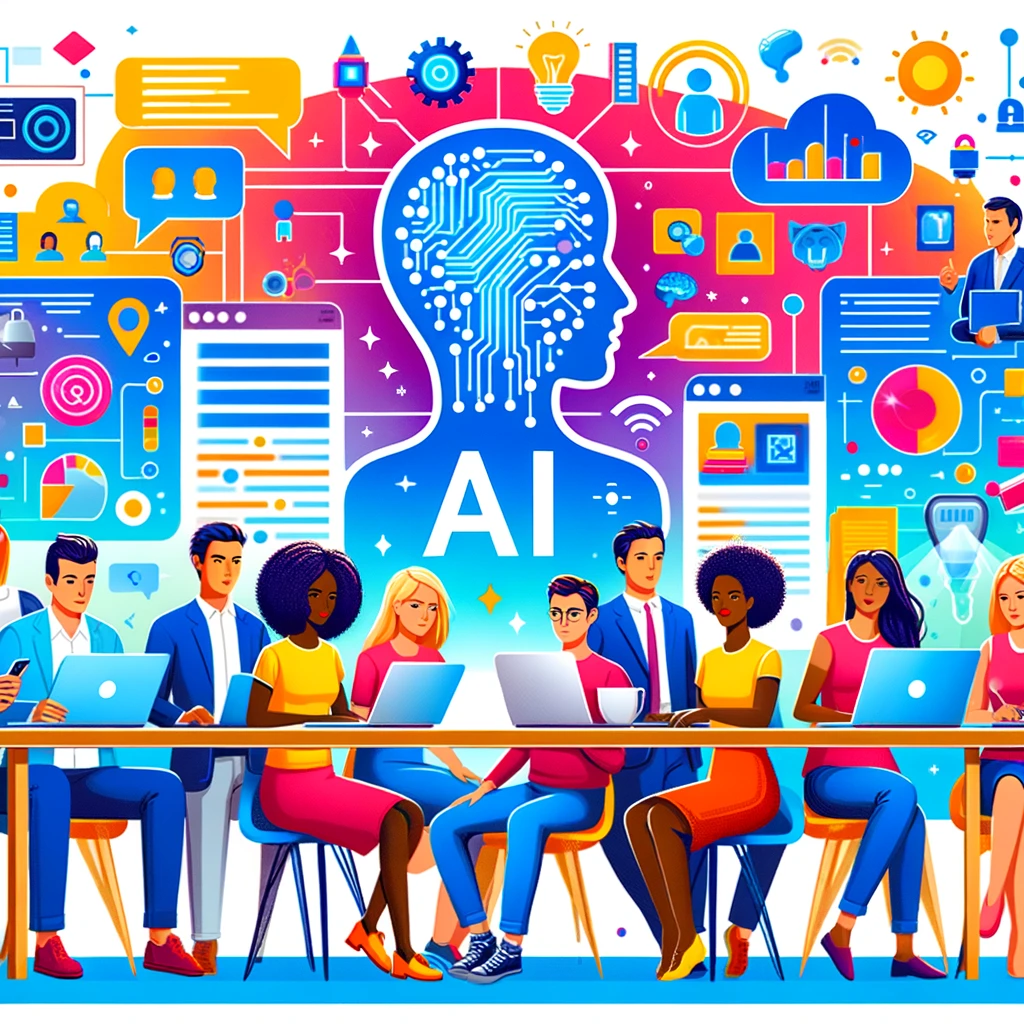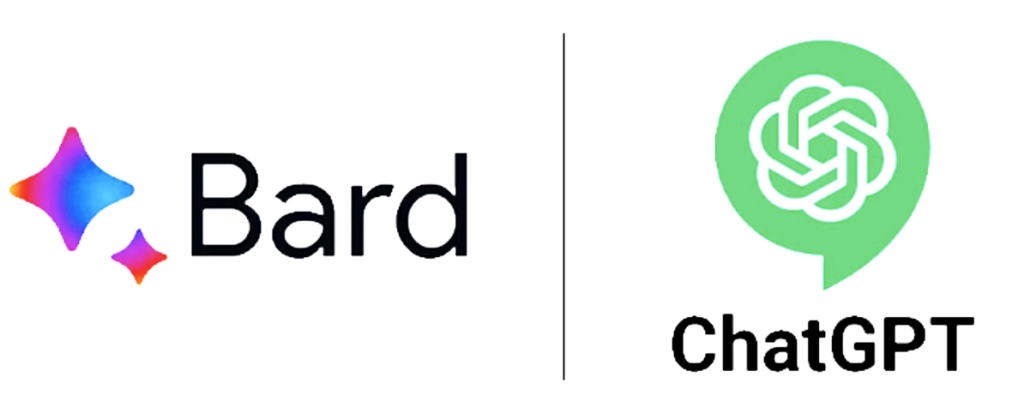Remarkable AI utilities such as ChatGPT and Bard are truly transformative.
Yet, where does one begin with AI?

Index
- Decoding AI: Its Reality and Myths
- AI Utilities for Novices: The Starting Point
- 15 Methods To Implement AI In Business
- AI for Data Scrutiny: Discovering Insights
- Innovative Applications: Unconventional Uses of AI
- 15 Methods To Implement AI In Daily Life
- The Upcoming Era of AI: What Lies Ahead?
- Initiating Your Journey with AI: The First Steps
Decoding AI: Its Reality and Myths
Artificial Intelligence, or AI, is a technological advancement that enables computers to learn and make decisions. It’s not just a concept from science fiction; it’s a reality that’s integrated into our daily lives, from voice assistants to personalized online shopping suggestions. To understand AI, it’s essential to comprehend how it can process and learn from data, assisting us in problem-solving and simplifying our lives.
- AI is about machines learning and making decisions, not about robots taking over the world.
- It employs algorithms to learn from experience, much like human learning.
- Data is vital for AI, as it learns and improves with more information.
AI Utilities for Novices: The Starting Point
Embarking on your AI journey doesn’t necessitate advanced technical expertise. There are AI utilities specifically designed for beginners that assist with tasks such as work automation, information analysis, or content creation. These tools are user-friendly and an excellent way to acquaint yourself with AI.

- Experiment with utilities like ChatGPT or Bard for writing, problem-solving, information gathering, data parsing, code creation – or DALL-E for image generation.
chat.openai.com
bard.google.com - Seek platforms with straightforward interfaces and templates to begin.
- AI utilities for data analysis can offer insights without requiring expert skills.
15 Methods To Implement AI In Business with ChatGPT and Bard
Here are some examples you can experiment with, along with a simple prompt example.
- Automate customer service responses: “Craft a customer service response for an inquiry about a delayed shipment.”
- Engaging marketing content: “Generate an engaging blog post about the latest trends in eco-friendly fashion.”
- Product descriptions: “Compose an enticing description for a new range of sportswear.”
- Chatbots for websites: “Draft a script for a chatbot welcoming visitors on a tech store website.”
- Email marketing campaigns: “Compose an email for a marketing campaign promoting our summer sale.”
- Business reports and summaries: “Summarize the key findings of the attached sales report.”
- Business plans or proposals: “Outline a business plan for a start-up coffee shop.”
- Translate content: “Translate the following customer service responses into Spanish.”
- Automated FAQ responses: “Create answers for the top 5 frequently asked questions about our product.”
- Training materials and guides: “Develop a training guide for new employees in the customer service department.”
- Brainstorming session ideas: “Provide ideas for a brainstorming session about increasing online engagement.”
- Legal documents or contracts: “Generate a basic contract template for freelance graphic design services.”
- Presentations: “Create an outline for a presentation on digital marketing strategies.”
- Survey questions and analysis: “Draft a set of survey questions for customer feedback on our new app.”
- Coding assistance or debugging: “Assist in debugging the following Python script for data analysis.”
AI for Data Scrutiny: Discovering Insights
Data analysis with AI can reveal patterns and information that might be difficult to discern otherwise. AI excels at processing large amounts of data quickly to uncover useful insights. This can aid in understanding markets, customer behaviors, or finding ways to enhance business operations.
- AI assists in identifying trends and making decisions based on data.
- Predict customer behavior to adapt your business strategy.
- Real-time analytics and reporting are simplified with AI.
Innovative Applications: Unconventional Uses of AI
AI isn’t just for data and numbers; it can also be used for creative purposes. AI has been employed to create art, write stories, and even compose music. These innovative applications demonstrate the versatility of AI.
- AI can create artworks and designs, offering new avenues for creativity.
- Some AI programs write stories or poems, utilizing language in innovative ways.
- AI in music can compose melodies or assist musicians in their creative process.
15 Methods To Implement AI In Daily Life with ChatGPT and Bard
Here are some examples you can experiment with, along with a simple prompt example.
- Day planning: “Assist me in planning my schedule for tomorrow, focusing on work and exercise.”
- Learning new languages: “Provide a simple French conversation for a beginner to practice.”
- Recipe ideas and cooking tips: “Suggest a vegetarian recipe for dinner using spinach and mushrooms.”
- Create a low calories or low carb meal plan: “Create a daily meal plan for me that doesn’t exceed 1600 calories or 40 carbs in a day”
- Latest news and trends: “What are the latest trends in renewable energy sources?”
- Homework assistance: “Explain the concept of photosynthesis in a simple way for a middle school project.”
- Fitness advice and workouts: “Design a 30-minute home workout routine for beginners.”
- Travel itineraries: “Plan a 3-day itinerary for a sightseeing trip to Rome, Italy.”
- Book or movie recommendations: “Recommend some sci-fi books for teenagers.”
- Writing personal emails: “Help me write an email to a friend inviting them to my birthday party.”
- Gardening tips: “Provide tips for growing tomatoes in a home garden.”


